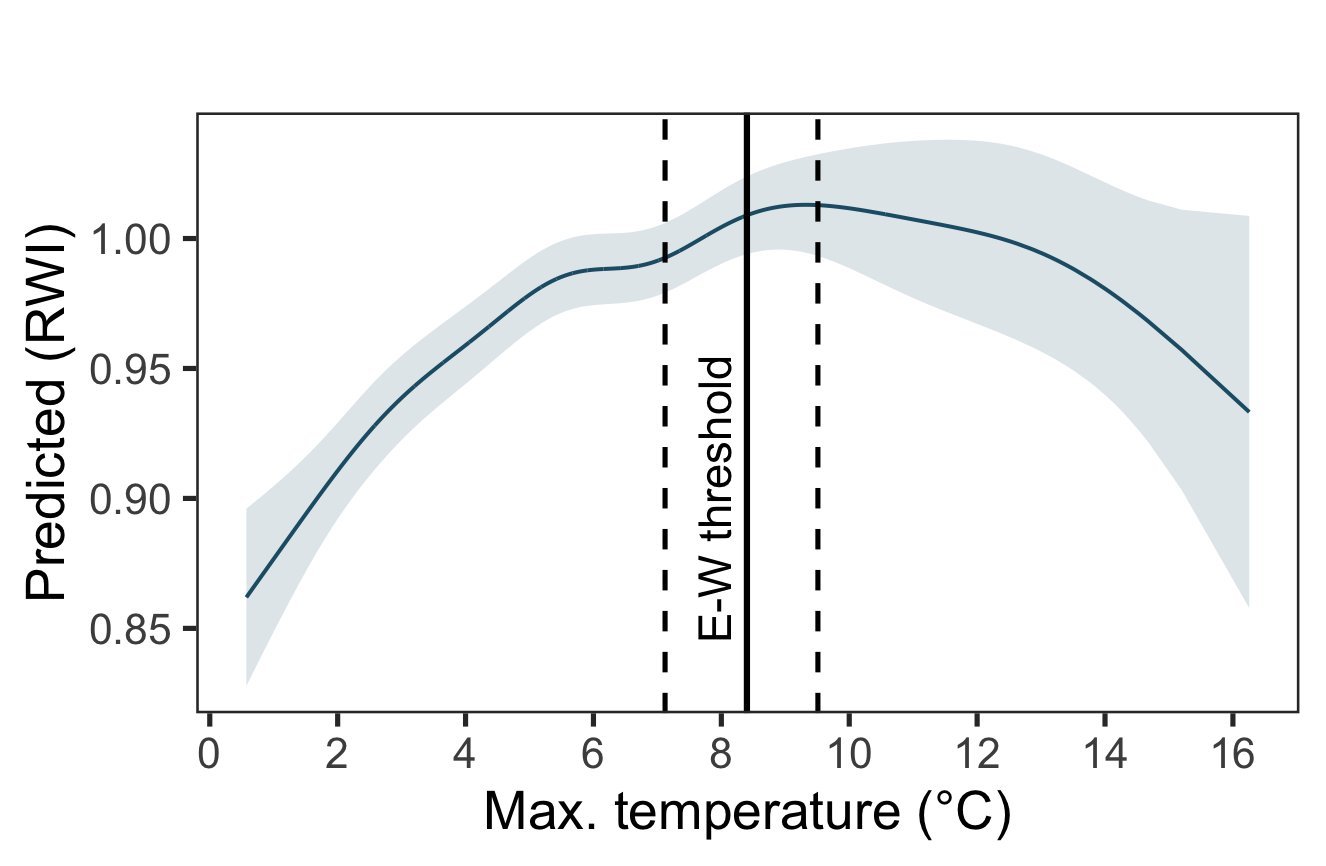Climate change and forest communities
Climate change is leading to unprecedented forest mortality and ecosystem shifts. We investigate the causes and consequences of these changes.
Predicting ecosystem transformations
Ecosystem transformations are occurring around the globe. At high elevations, alpine tundra is giving way to subalpine forests and at lower elevations, conifer forests are transforming into shrub-dominated systems. Where and how fast these transformations will occur under climate change remains poorly understood. Building off of a recent paper (winner of the ESA ECS Outstanding Paper Award), I am working with an interdisciplinary team of scientists to investigate threshold dynamics and tipping points in CA ecosystems.
Causal inference and climate change effects
How do we attribute a rise in temperature to a shift in ecological phenomena? Though experimental studies are the gold standard for linking a cause to an effect, climate change is acting across all scales of biological organization; further, there is no control treatment, which is fundamental for estimating an effect. New statistical tools, however, are enabling scientists to link causes and effects using observational data and counterfactual scenarios. Building off of an approach I used in a recent paper published in Nature Communications, I am leading a paper focused on climate change attribution in ecological settings.
The Sugar Pine Project
In 2020, I published a paper in Ecosphere that showed > 50% of sugar pines in Sequoia-Kings National Park had died in the past 20 years and not nearly enough seedlings were recruiting into mixed conifer forests to slow this dramatic decline. To understand whether sugar pines in Yosemite are facing the same fate, I am leading a project focused on measuring the combined effects of white pine blister rust, drought, and fire to predict the future of sugar pines under climate change and shifting disturbance regimes.








